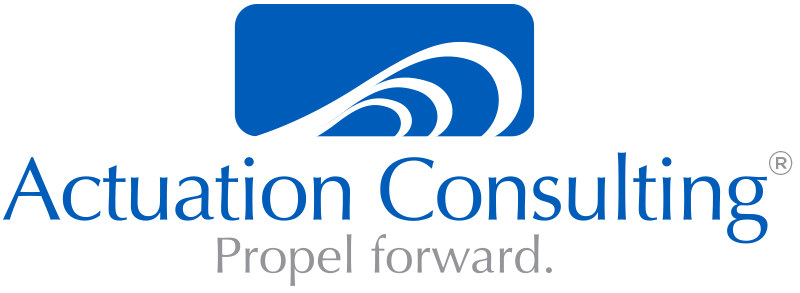Last week I wrote a blog post entitled “Return on Investment: Less Important Than Many Think?” As is turns out, less organizations than you might think actively use return on investment (ROI). (Click here to see the table.)
Most of the dialog from those who commented upon last week’s post centered upon ROI’s use as a measure to examine “the relative value of a potential investment versus other existing or potential products.” Additionally, there appeared to be an emerging consensus that the value of ROI, as a measure, decreases as the product moves further downstream and becomes increasingly tangible.
This week I want to share one other learning we gleaned from our study.
Of the organizations that responded that they did actively utilize ROI we asked a follow-on question regarding how long the team had in order to demonstrate a return on investment.
The Actual Question We Asked and The Responses

ROI
For those organizations that do determine success by measuring return on investment, how long is the timeline to demonstrate return on investment?
Results were fairly even for the top three responses to this survey question. A return on investment was expected in 12 months for 35.29% of the respondents. The second most frequently given answer was an expected three-year ROI, which garnered 26.47% response and coming in at 24.51% of response was the indication that ROI was expected within 18 months of launch. Almost 14% of respondents were expected to show a return on investment as soon as six months after launch.
Conclusion
Product professionals are often told by executives that a product needs to show a return in 12 months and the data appears to support our observations about standard practices. However, while 12 months may be the most frequently cited payback period organizations must keep in mind other factors as they set the expected payback period. 12 months may work for a product where the market dynamics are well understood and where customers don’t need to be educated about your product’s unique attributes – but this same payback period may not work for a product entering a new market where the dynamics are likely very different. The data appears to reflect that the organization’s that are actively using ROI are taking market dynamics into account when establishing anticipated payback periods – which is a good thing.

